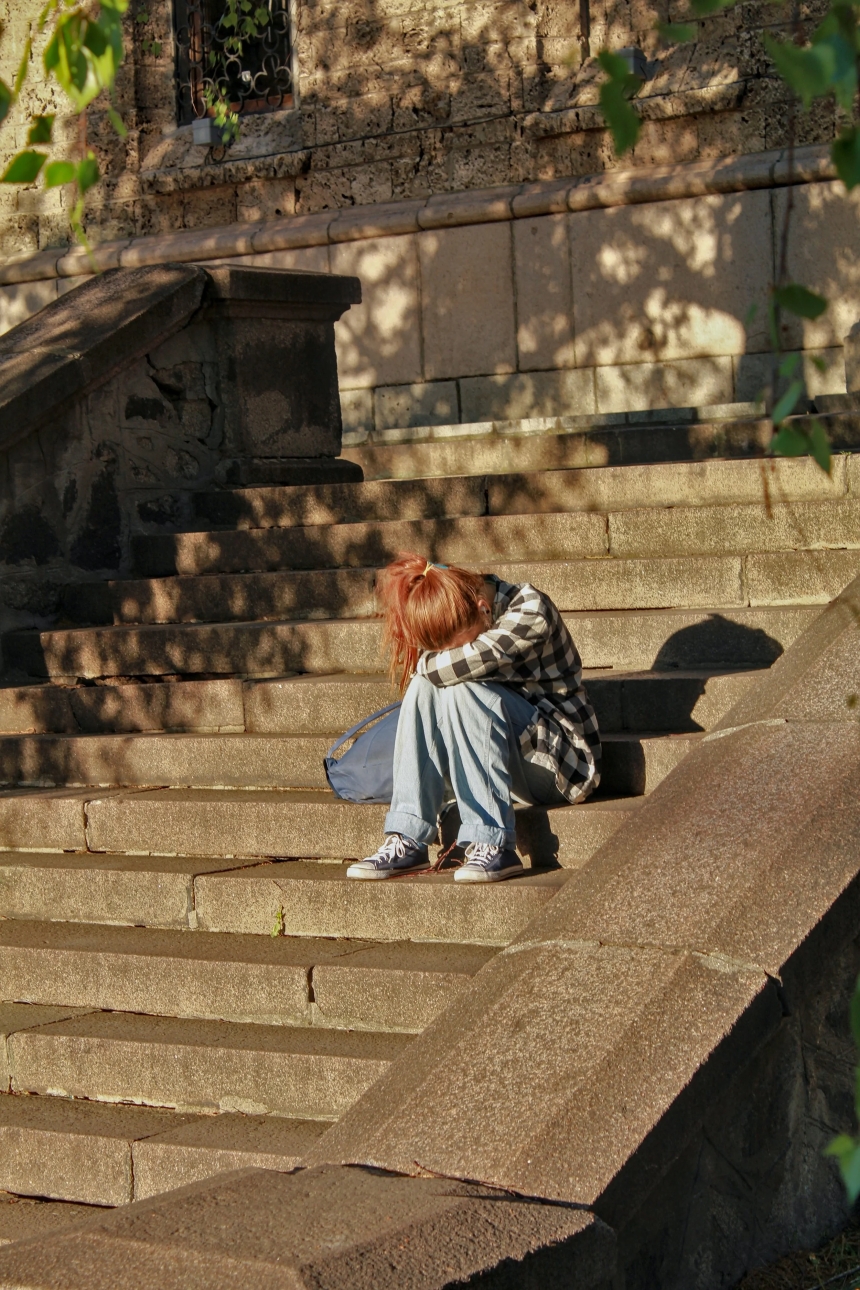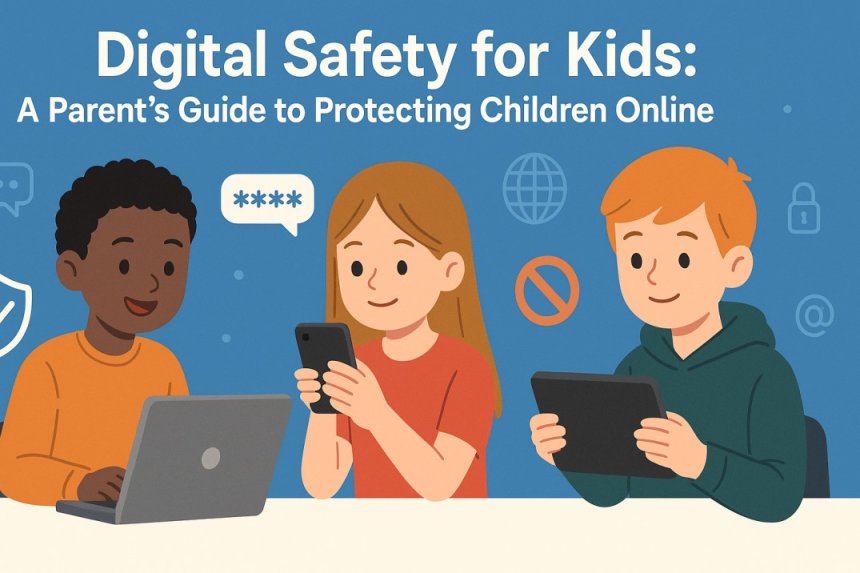The Hidden Dangers of Social Media Challenges
Through the teenage years and into early adulthood, we are still learning how to create healthy relationships and care for our well-being. For most adolescents, social media will play a role in developing life skills. Surveys show that 95% of teens and 84% of young adults use social media. Social media can be an avenue to express yourself, connect, learn, and share. Social media is not entirely bad, but there are dangers. This post will review common dangers of social media for adolescents, plus how to reduce or avoid these dangers.
Social media challenges have become one of the biggest online trends of this generation. Whether it’s dancing to a catchy song, doing a creative transition, or trying a fun dare, these challenges can spread across platforms in seconds. They bring people together, encourage creativity, and sometimes even raise awareness for good causes.
But behind the fun and excitement, not every challenge is as harmless as it seems. Some come with hidden risks that can affect your health, safety, and even your reputation online.
When Fun Crosses the Line
Many challenges start innocently, with a simple idea that gains attention. But as they go viral, people often try to outdo each other, pushing limits to get more likes, shares, and views.
Unfortunately, that’s when fun can turn dangerous.
There have been challenges that encouraged risky stunts, harmful pranks, or extreme behavior. What looks entertaining on screen can lead to real-life injuries, embarrassment, or long-term consequences.
Even seemingly harmless trends can cause emotional harm, especially when they involve humiliation, peer pressure, or public judgment.
Why Teens Join In
It’s easy to understand the appeal. Challenges are fast-paced, entertaining, and make people feel part of something bigger. They offer:
- A sense of belonging and connection
- A chance to show creativity and confidence
- The thrill of going viral or gaining attention
But this desire to fit in or stand out can sometimes make it hard to see when a challenge crosses a line. The pressure to participate can lead to impulsive decisions — ones that might not seem dangerous until it’s too late.
Spotting the Red Flags
Not all challenges are bad. Many promote positivity, fitness, or awareness, like dance routines, art trends, or charity-driven campaigns. The key is knowing how to spot the risky ones before joining in.
Here’s what to watch out for:
- It involves physical danger (like choking, extreme stunts, or self-harm).
It encourages breaking laws or school rules. - It pressures you to share personal information or embarrassing content.
It spreads false information disguised as a trend. - You feel uncomfortable, but afraid to say no.
If any of these apply, scroll past it. No trend is worth your safety or peace of mind.
Think Before You Click “Record”
Before taking part in any challenge, ask yourself:
- “Is this safe for me and others?”
- “Would I still be okay with this video being online a year from now?”
- “Am I doing this because I want to or because everyone else is?”
Taking a moment to think can make all the difference between a fun memory and a serious mistake.
EMOTIONAL IMPACT
The Pressure To Be Perfect
One of the most significant issues with social media is the pressure it creates to present a perfect life. Users often post curated content, showcasing the best moments of their lives while omitting the struggles and challenges. This can lead to unrealistic expectations and feelings of inadequacy among those who compare themselves to these idealized portrayals. The constant barrage of seemingly perfect images can contribute to low self-esteem, anxiety, and depression.
The Addiction to Validation
Social media platforms are designed to keep users engaged by rewarding them with likes, comments, and shares. This can create an unhealthy dependency on external validation, where self-worth becomes tied to the number of reactions received online. The pursuit of this validation can lead to obsessive behaviour, with individuals constantly checking their notifications and feeling anxious or depressed when they don’t receive the expected level of attention.
The Spread of Misinformation and Negative Content
Another harm of social media is its role in the spread of misinformation and negative content. Algorithms often prioritize content that elicits strong emotional reactions, which can lead to the proliferation of sensationalist or misleading information. Exposure to this type of content can increase stress, anxiety, and feelings of helplessness. Additionally, social media can amplify harmful behaviours, such as cyberbullying or hate speech, further contributing to a toxic online environment.
The Impact on Sleep and Overall Well-being
Excessive use of social media, especially before bedtime, can have a detrimental effect on sleep quality. The blue light emitted by screens can disrupt the production of melatonin, a hormone that regulates sleep. Poor sleep, in turn, can lead to a range of mental health issues, including increased anxiety, depression, and irritability. Moreover, spending too much time on social media can lead to a sedentary lifestyle, which negatively impacts both physical and mental health.
INFLUENCING YOUR SOCIAL MEDIA FEED FOR A POSITIVE EXPERIENCE
While social media can be overwhelming, you have more control over your feed than you might think. Here are some strategies to ensure your social media experience is as positive as possible.
Engage with Positive Content
When you interact with content that makes you feel good or aligns with your values, you signal to the platform’s algorithm that you want to see more of it. Engage with positive, uplifting posts regularly to influence the type of content that appears in your feed.
Use hashtags, keywords, or explore features to find positive communities or accounts that share motivational quotes, mental health tips, or feel-good stories. The more you search for and interact with positive content, the more it will appear in your recommendations.
Follow Uplifting Accounts
One of the most effective ways to cultivate a healthier and more fulfilling social media experience is by carefully selecting the accounts you follow. The content you engage with has a significant impact on your mood, mindset, and overall well-being, so it’s important to be intentional about the sources of information and inspiration you allow into your feed.
Start by following accounts that consistently share content promoting positivity, mental health awareness, and personal growth. These accounts can serve as a daily source of encouragement, offering insights, motivational quotes, and practical advice to help you navigate life’s challenges. Whether it’s a therapist sharing mental health tips, a life coach offering strategies for personal development, or a wellness advocate promoting self-care, these accounts can provide valuable tools to support your mental and emotional well-being.
In addition to accounts focused on mental health and personal growth, consider following those that align with your hobbies and passions. Whether you’re interested in photography, cooking, fitness, or travel, there are countless accounts dedicated to showcasing and celebrating these interests. Engaging with content that reflects your passions can not only bring joy but also inspire you to explore new activities, learn new skills, and connect with like-minded individuals. For example, if you love gardening, following accounts that post beautiful garden designs, plant care tips, and stories of sustainable living can ignite your creativity and deepen your appreciation for the natural world.
Unfollow or Mute Negative Influences
Regularly review the accounts you follow. If certain accounts consistently post content that makes you feel stressed, anxious, or upset, it may be time to unfollow them. If you don’t want to unfollow someone for personal reasons, consider muting their posts or stories so they don’t appear in your feed.
News accounts can be important for staying informed, but they can also contribute to a negative or overwhelming feed. Consider following news outlets that focus on positive or balanced reporting, or limit your news intake to specific times of the day.
Utilize Platform Tools
Many social media platforms allow you to customize your feed. For example, you can prioritize seeing posts from certain friends or pages first, or you can hide content you find unhelpful. Explore these settings to tailor your feed to your liking.
If you come across harmful content, use the platform’s tools to report or block it. This not only helps clean up your feed but also contributes to creating a safer online community.
Practice Digital Detoxes
Taking regular breaks from social media, often referred to as “digital detoxes,” can provide a much-needed reset for your mind and emotions. When you step away from social media, you allow yourself the space to disconnect from the pressures and comparisons that these platforms can create. This break gives your brain the opportunity to rest from the constant stimuli and helps you regain a sense of balance and perspective.
During these breaks, you may find that your mood improves, your anxiety decreases, and your overall mental well-being benefits. Without the constant influx of notifications and updates, you can focus on the present moment, engage more deeply with your surroundings, and enjoy activities that bring you genuine happiness. Whether it’s spending time with loved ones, engaging in a hobby, or simply enjoying some quiet time, these offline experiences can help replenish your energy and restore your mental clarity.
Moreover, taking breaks from social media can reduce the overall impact of negative content on your psyche. By limiting your exposure to potentially distressing posts or news, you shield yourself from the emotional toll that such content can take. This time away also allows you to reflect on your relationship with social media, helping you identify patterns of use that may be contributing to stress or dissatisfaction.
Using Social Media Wisely
Social media isn’t the problem; it’s how we use it. When you choose to join positive, creative, and safe challenges, you make social media a better place for everyone. You can inspire others without putting yourself at risk.
Being mindful online is about staying smart. You don’t need a viral trend to stand out; your ideas, values, and voice are powerful on their own.
Social media challenges will keep evolving, and so should our awareness. What matters most is knowing when to join in and when to step back. The next time a trend takes over your feed, remember: it’s okay to skip the challenge if it challenges your safety.
Real confidence isn’t about following every trend to avoid feeling left out; it’s knowing when not to.
Share
What's Your Reaction?
 Like
0
Like
0
 Dislike
0
Dislike
0
 Love
0
Love
0
 Funny
0
Funny
0
 Angry
0
Angry
0
 Sad
0
Sad
0
 Wow
0
Wow
0

















